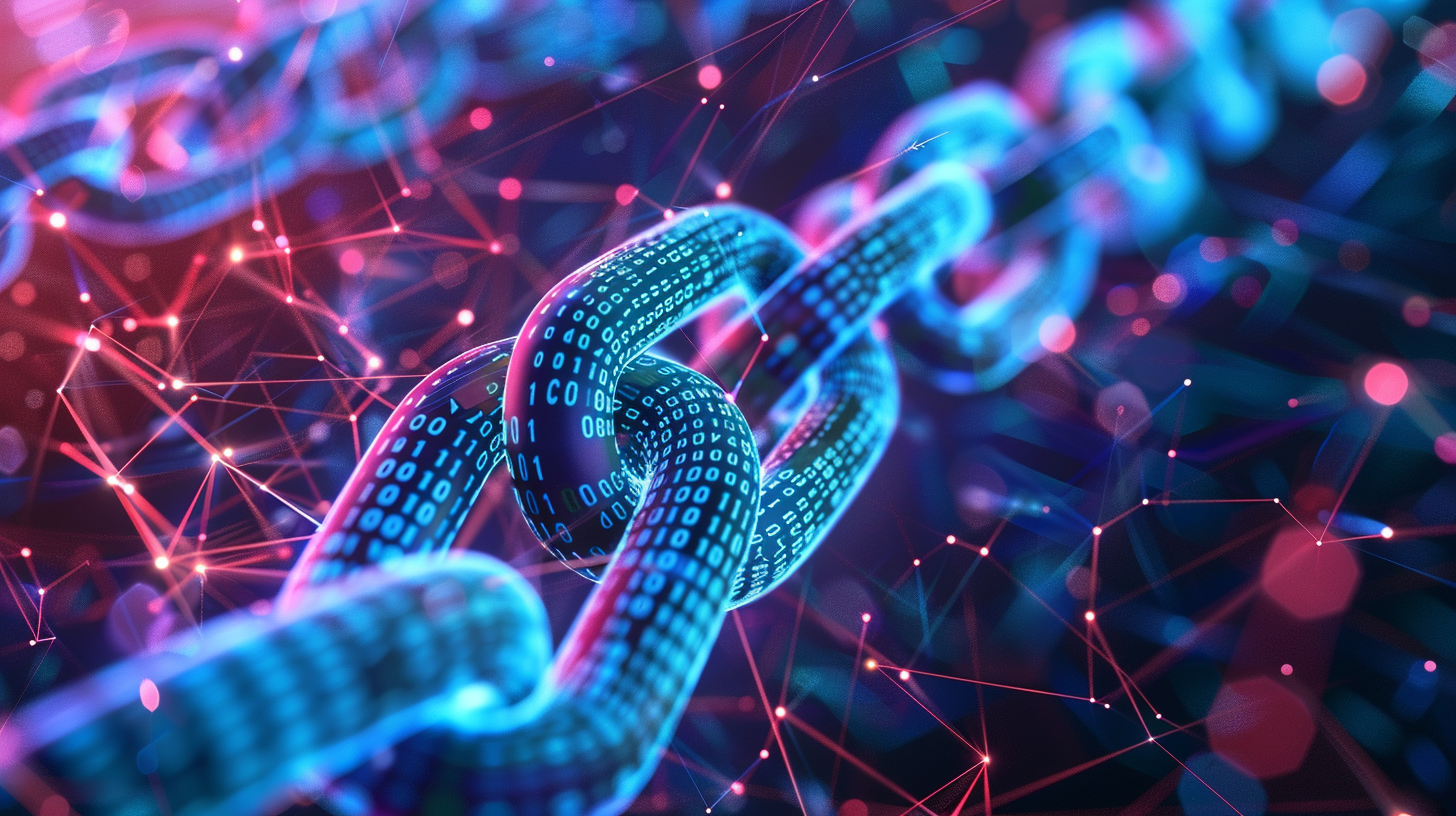While most people worry about getting enough protein, excessive intake carries risks. Standard recommendations suggest 0.8 grams per kilogram of body weight daily for non-athletes. Consuming too much protein can cause immediate digestive issues and long-term problems like calcium loss from bones and kidney strain. Older adults need more protein (1.2-1.6g/kg) to prevent muscle loss. Both quantity and quality of protein sources matter for ideal health. The balance between “enough” and “too much” reveals surprising complexities.
Protein is often praised as a health hero, but many people don’t realize it comes with risks when consumed in excess. Nutritionists recommend a standard daily intake of 0.8 grams per kilogram of body weight for most adults who don’t exercise much. This means a person weighing 150 pounds should eat about 55 grams of protein daily, roughly the amount in two chicken breasts.
The human body has limits on how much protein it can safely process. While most healthy adults can handle up to 2 grams per kilogram without problems, going beyond this threshold can trigger several unwanted effects. Athletes and very active people might need more protein—up to 3.5 grams per kilogram—but even they should monitor their intake carefully. The dietary guidelines actually recommend obtaining 10% to 35% of daily calories from protein sources.
Age changes protein needs too. Older adults typically need more protein—about 1.2 to 1.6 grams per kilogram daily—to prevent muscle loss that naturally occurs with aging. Women who are pregnant or breastfeeding also require additional protein to support healthy development, though the exact amounts vary by individual.
Eating too much protein in one sitting can cause immediate discomfort. Many people experience digestive problems like stomach pain, indigestion, and diarrhea when they suddenly increase their protein consumption. The body must work harder to process excess protein, producing more ammonia that requires extra water to flush out. This can lead to dehydration if a person doesn’t drink enough water.
High-protein diets, especially those that restrict carbohydrates, often trigger ketosis. This metabolic state produces a distinct fruity breath odor many find embarrassing. People might also experience headaches, irritability, and fatigue from the changes in blood chemistry and electrolyte balance that occur when protein dominates the diet. Many individuals following high-protein diets report experiencing bad breath and unpleasant body odor as common side effects.
Long-term overconsumption carries more serious health concerns. Research shows that consistently eating too much protein can leach calcium from bones, potentially increasing the risk of osteoporosis over time. The acid load from breaking down protein pulls minerals from bone tissue as the body tries to maintain proper pH levels.
The kidneys face particular strain from processing protein’s breakdown products. While healthy kidneys can typically handle normal protein loads, years of excess may contribute to declining kidney function. People with existing kidney issues face even greater risks when they consume too much protein.
Registered dietitians emphasize that protein quality matters as much as quantity. They often help individuals determine the right balance based on their specific health status, activity level, and whether they get protein mainly from plant or animal sources.
For most people, moderation remains the safest approach to protein consumption, ensuring they get enough without crossing into dangerous territory.
Conclusion
Science shows there’s no need to panic about protein intake. Most Americans already get more than they need without special products. Experts recommend focusing on whole food sources and balanced meals rather than expensive supplements. The protein industry’s marketing has created unnecessary fears, but the truth is simpler: eat a variety of foods, and you’ll likely meet your body’s requirements.








